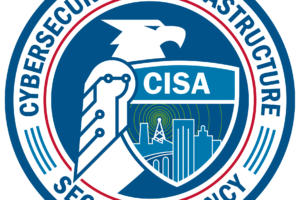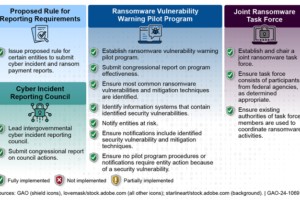2 WEEKS TO ‘CIP WEEK’ IN EUROPE - 12th-14th November 2024, Madrid, Spain

The International Association of Critical Infrastructure Protection Professionals (IACIPP) is delighted to announced preparations for the inaugural ‘Critical Infrastructure Protection Week’ in Europe are progressing well, as part of an initiative focused towards enhancing collaboration and cooperation amongst the industry.
The recent implementation of The Critical Entities Resilience Directive (CER Directive), which lays down obligations on EU Member States to take specific measures to ensure that essential services and infrastructures, for the maintenance of vital societal functions or economic activities, are provided in an unobstructed manner in the internal market. The passing of the deadline of 17th October 2024 for when Member States should have adopt and publish the measures necessary to comply with this Directive appears to have been met with challenges.
The NIS2 Directive, also known as the Network and Information Security Directive, is also a significant piece of legislation that was also being implemented on 17th October 2024, aimed at improving cyber security and protecting critical infrastructure across the European Union (EU).
It has built on the previous NIS Directive, addressing its shortcomings and expanding its scope to enhance security requirements, reporting obligations, and crisis management capabilities.
Compliance with the CER Directive and NIS2 Directive are crucial for businesses operating in the EU to safeguard their systems, mitigate threats, and ensure resilience. Penalties are enforceable on agencies and operators for non-compliance.
The implementation of these Directives has proven challenging, and in some instances compliance is still some way off.
The first ‘Critical Infrastructure Protection Week’ will take place in Madrid Spain and will see IACIPP host the ‘Critical Infrastructure Protection & Resilience Europe’ conference and exhibition and ‘EU-CIP Horizon Project’ conference as the first two events as part of the initiative.
IACIPP has lined up an excellent Keynote Session for the Opening of the event, including:
- Jose Luis Perez Pajuelo, Director General, National Center for Critical Infrastructure Protection (Ministry of Interior)
- Dr. Enrique Belda Esplugues, Director General, Port of Valencia, Spain
- Juan Diez Gonzalez, Head of Cybersecurity for Strategic Healthcare, Food and Research sectors, Spanish National Cybersecurity Institute (INCIBE)
- John Donlon, Chairman, International Association of CIP Professionals
John Donlon QPM, Chairman of The International Association of Critical Infrastructure Protection Professionals, said, “IACIPP is delighted the CIP Week in Europe initiative is gathering pace, with the important aim of encouraging greater information sharing, collaboration and co-operation within the industry.”
“The CER and NIS2 Directives are two of the most important pieces of legislation to arrive in Europe in recent years, and IACIPP along with other professional bodies concerns over the lack of preparation of some of the operators and agencies in meeting the deadline has been proven, and believe more needs to be done to ensure these minimum standards are met, and indeed exceeded in subsequent years. We are delighted to welcome such an esteemed set of keynote speakers to open the event, providing wisdom and insight into the challenges for the industry.”
“We are delighted the ‘Critical Infrastructure Protection & Resilience Europe’ conference and exhibition and ‘EU-CIP Horizon Europe Project’ conference are the first two events to contribute towards CIP Week, and highlight many of the challenges facing the industry. Madrid is an excellent location for the launch of this program, with the CN-PIC driving Spain’s efforts to meet the Directives’ and be prepared.” Added Mr Donlon.
With just two weeks to go to CIP Week in Europe, IACIPP is inviting the industry to join the discussions in Madrid on 12th-14th November 2024.
Further details and registration can be found at www.cipre-expo.com and www.cip-association.org.








